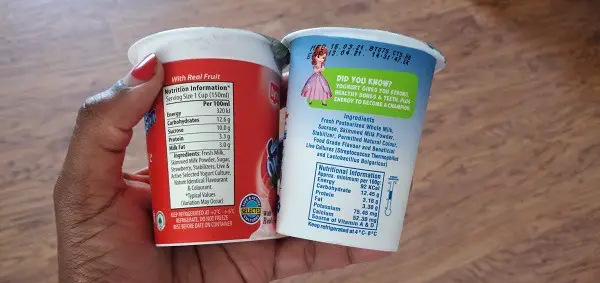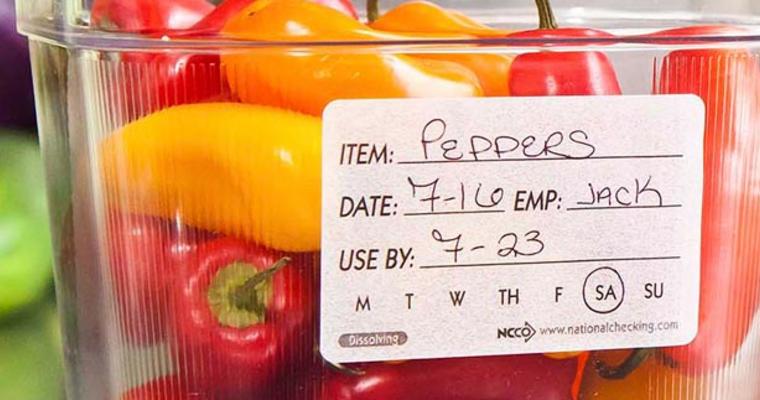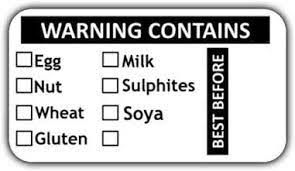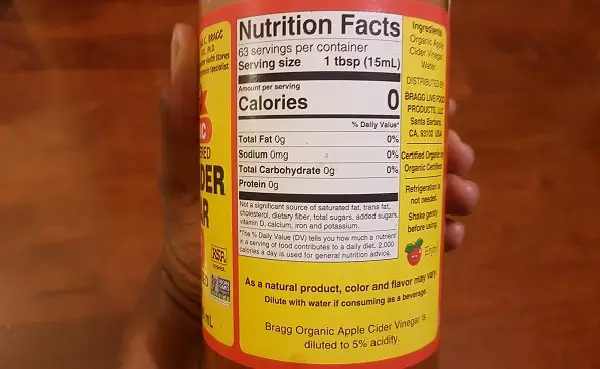Labeling your food items in the kitchen carries a wide range of benefits. Not only does the practice ensure your kitchen is well organized but also promotes your health.
So always ensure you put the correct label on each of your foodstuff. Make this a habit and save a lot on your monthly food expenses.
Occasionally, homeowners don’t know where to start when it comes to food labeling. In this article, we look at the proper ways of labeling your food.
Labeling before storage
Before you store any foodstuff, it would help if you labeled them. Ensure you indicate the manufacture and expiry date.
Also, if you use a different container to label your food, you ought to show the foodstuff’s name.
Various kinds of foodstuff have different expiration dates. So, it would be best to arrange the foodstuff near their expiration date on the front part of the kitchen cabinet or refrigerator.
Labeling perishable foods
For perishable foods, ensure you put them somewhere reachable. This way, you can prevent food poisoning.
Some food items need to get removed after several hours. Nonetheless, always include the name, manufacture, and expiration label.
What information is required on a home kitchen food label?
Even for homemade labels, there is some basic information that must be included in the label. Some of the basic information that must be included in food labels includes name of food, the date it was made, use by date, etc?
Some of the information you should always include in food labels include:
Type of foodstuff
Never forget to include the name of the foodstuff on the label. Mainly, if you won’t store food in its original container, it would be best to indicate the name on the container.
As a result, there won’t be any confusion. Furthermore, you reduce the risk of your children grabbing the wrong food items. So, ensure you put the name label correctly.
Nutritional content

It is also essential to include the nutritional value of every item. This way, you can watch your diet. You can include the calorie, carbohydrate, and protein content of the foodstuff.
Moreover, if you have an ill family member, you need to include the nutritional value found on each food content.
This is one of the ways to ensure the person eats a healthy diet and gets better. Generally, it is vital to watch your diet. So, these labels are important and will keep your health in check.
The percentage of individual ingredients
Another type of information that you need to include is the percentage of ingredients in your food item.
For instance, if you made a simple milkshake, you can include the portion of sugar and milk.
Doing this makes it easier for every household member to eat healthily and consume the right foodstuff.
Preparation instructions
Food items like sausages always come with preparation instructions. So, when you store them in another container, don’t forget to include these instructions.
Most of them will give you the instructions to either boil or fry the meat for about five minutes.
In case someone doesn’t know how to prepare a particular food, these instructions might be helpful.
The preparation instructions should also include the temperature required to cook the food. Typically, have all the instructions needed to prepare the item.
Manufacture date
It’s always good to include the manufacture date on the food label. This way, you can estimate the food’s lifespan if it does not have an indicated expiration date.
For cooked foods, you can always indicate the date you prepared the food. This way, you can estimate the time the food is likely to become unfit for human consumption. In turn, this will help you prevent food wastage.
Expiration date

One thing you should never forget to include is the expiration date. Consuming food that has exceeded its expiration date can cause serious health issues. So, make sure you put the correct expiration label.
Doing this will help you get rid of all the spoilt foodstuff in your fridge. Consequently, you will keep your fridge neat and organized.
Also, this will help you avoid unpleasant food odors both in your refrigerator and kitchen cabinets. You will prevent discarding a lot of foodstuffs if you put accurate expiration labels.
At a commercial level, expiration dates help supermarkets avoid purchasing large amounts of expired food items or those that are about to expire. It also guides them on which items should be taken off the shelves and disposed.
Storage instructions
You have to include the storage instructions in the food labels. Doing this helps you observe all the storage measures.
Additionally, anybody who does not know how to store the food item will be able to do so. Storing foodstuff in their right positions enables you to prevent food wastage. The food items will not become rancid as they will be consumed early enough.
Also, some foodstuff storage instructions change once the container gets open. So, ensure you keep updating the labels from time to time.
Contact details
Another aspect you can include is your contact details. However, this is optional. This only applies if you are selling a particular food item or drink from home.
For instance, if you sell fresh drinks from your home, include your phone number and name of your business on the can, container or bottle.
If you are a commercial manufacturer, contact details like your name and address are compulsory.
Country of manufacture
If you have a home-based business, you can include the country of manufacture on the food label. Doing this not only exhibits your professionalism but also expands your customer base.
If you are only labeling food for home consumption, information on country of manufacture is not necessary.
You never know. Your small business can grow significantly just because of this label. You may also attract clients that are sympathetic to products from certain locations.
In summary

The type, size and details on your food label will depend on whether your label is purely for your individual domestic use or for commercial purposes.
If you are preparing labels for commercial use, you should know that various countries have laws and regulations on food labeling for commercial manufacturers which you should comply with.
These regulations include the size of the label and mandatory information to be provided.
There are various ways you can label your food items in the kitchen. It could be by including the manufacture and expiration date.
Labeling your food also enables you to have all the information necessary before consumption. This includes lifesaving information such as allergen warnings.
So, always make sure you include the right labels in your food. But it all depends on your requirements.
If you are under a diet, never forget to include the nutritional contents in the food. On the flip side, if you need to keep your kitchen clean and organized, ensure that you include the expiration date.
Furthermore, if you have children, always put the name label to avoid any food poisoning. Ultimately, it all depends on your needs.
Always ensure you include all the information you need on the food label to suit your individual circumstances.

